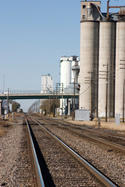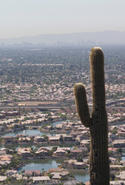By Joel Kotkin and Mark Schill
Perhaps no geography in America is as misunderstood as small towns and rural areas. Home to no more than one in five Americans, these areas barely register with the national media except for occasional reports about the towns’ general decrepitude, cultural backwardness and inexorable decline.
Yet in reality this part of America is far more diverse, and in many areas infinitely more vital, than the big-city-dominated media suspects. In fact, there are many demographic and economic dynamics that make this part of America far more competitive this year than in the recent past. read more »





















